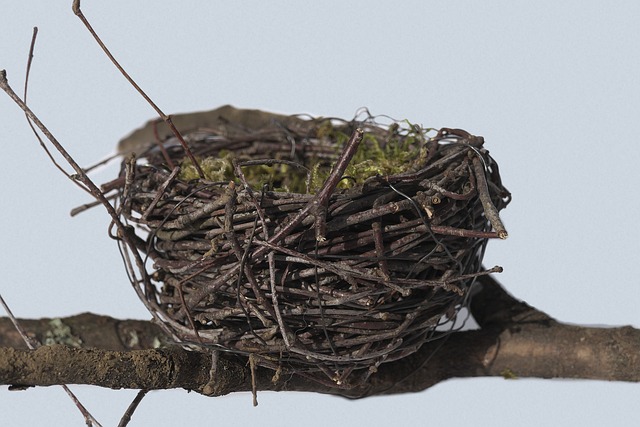- gopestcontrolmel@gmail.com
- 0449901208

Birds are beautiful creatures that have always fascinated us with their melodious chirping and graceful flight. However, when they invade our living spaces, they quickly become a nuisance and even hazardous to our health. Pest birds like pigeons, mynas, starlings, and sparrows can cause extensive damage to property through their droppings and nesting habits. They also displace native bird species and attract other pests like rats and cockroaches. These birds harbor toxic bacteria and spread dangerous diseases that can pose serious health risks to humans.
To get rid of pest birds, it is essential to implement bird control measures like netting, bird proofing, and installing bird traps. These methods help prevent further damage to the building's structure and avoid potential health hazards. Bird droppings can lead to rust and corrosion, block gutters and pipes, deface surfaces, and shorten the lifespan of roofs. Therefore, it is crucial to establish appropriate bird pest control measures to avoid these problems.
The primary concerns with pest birds are the damage they cause to buildings and the health hazards they pose. Bird droppings can deface surfaces, cause rust and corrosion, block gutters and pipes, and shorten the lifespan of roofs. Cleaning up bird droppings can be expensive, and they can also create fire and slip-and-fall hazards. Therefore, it is essential to establish appropriate bird pest control measures to avoid these problems.
Bird nest removal services aim to safely and ethically remove bird nests from specific locations to prevent damage or potential hazards. Here is a general overview of the process:
It's important to hire experienced professionals for bird nest removal services as they have the knowledge, skills, and equipment to handle such tasks safely and in compliance with legal and ethical guidelines.
15+ Years of Experience in Rat Control
24/7 Available
Affordable Prices
Environment-Friendly Pest Control
Same Day Service Available
Well, Trained Professionals
Fully Licensed
Affordable Prices
Efficient and top-notch quality rat control services in Australia
Over 15 Years of industry experience in rodent treatment
We are the best rodent treatment, inspection, protection, and control services in Australia
Well-trained and fully accredited rodent control professionals
Eco-friendly rat pest control